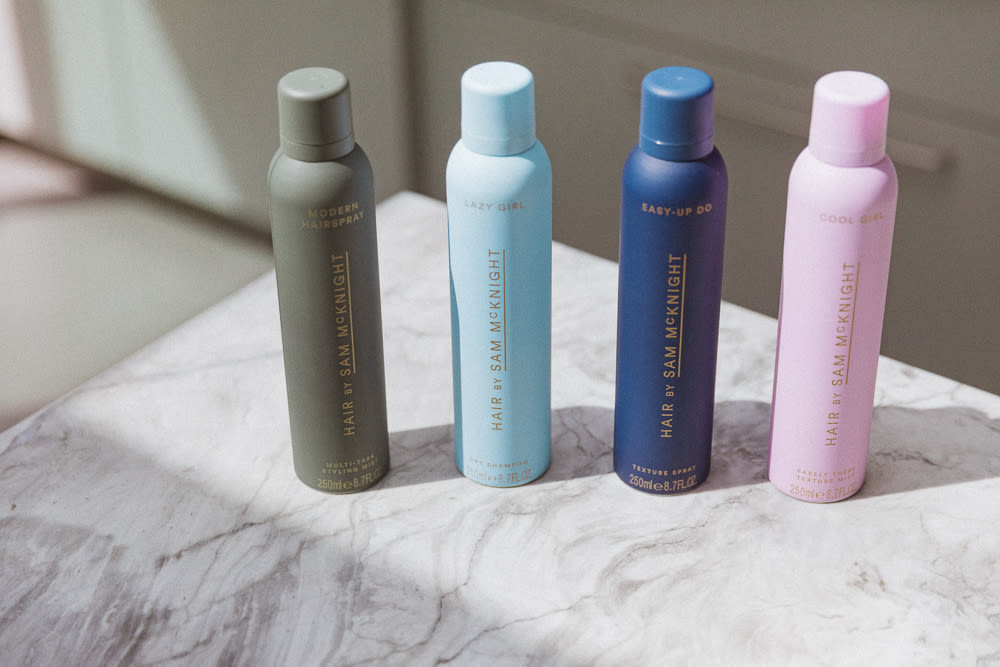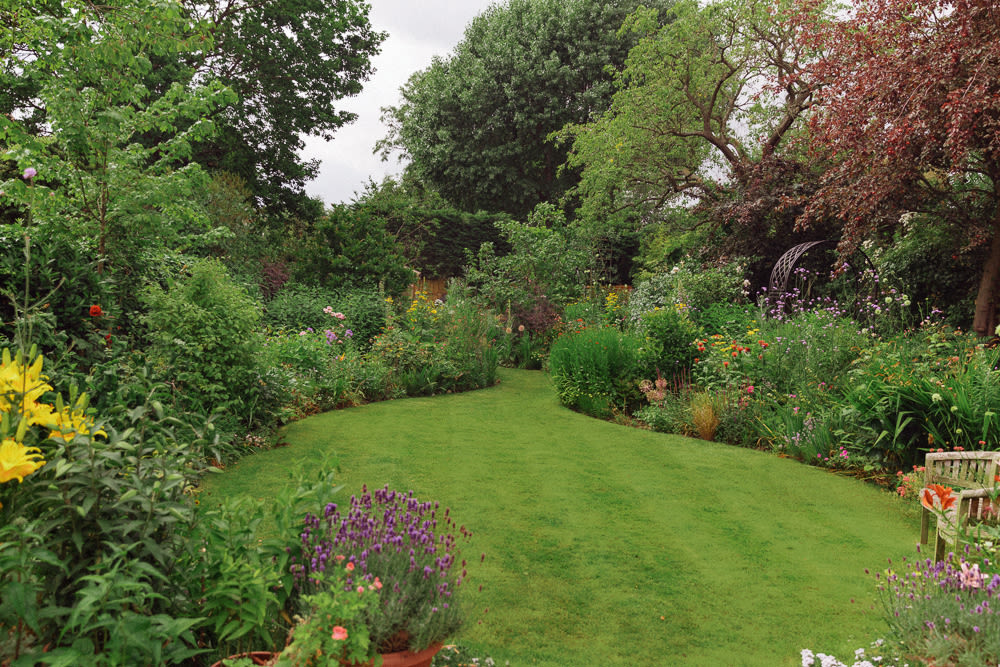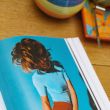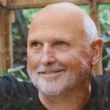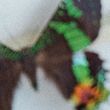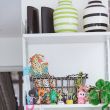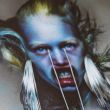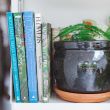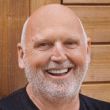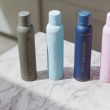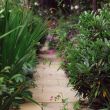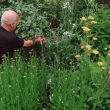"In the 1970s, London was very exciting. I grew up in Scotland—in the middle of nowhere—where my dad worked in a coal mine and my mom worked in a grocery. While I was still at home, I started helping out at my friend's salon and began doing hair there organically. My endeavor [to do hair] was totally not my parents' world. Then I visited London on holiday and a year later I came back to live—I left with £5 in my pocket. They were kind of horrified that I was leaving school. [Laughs] But I loved it. I loved London.
I worked at Miss Selfridge and then I moved to Elizabeth Arden, which was kind of the big salon on Bond Street. It was fantastic, that’s the house where Louis Vuitton is now. And then I saw that all the hairdressers at Molton Brown were working [photoshoots] for Vogue. I thought, 'I wouldn’t mind doing a bit of that.' So I went and begged my way into a job, and I had a ball. I did a few photoshoots, and I decided that that’s what I wanted to do. I think I can quite safely say that in the UK at the time, [doing hair] just for photoshoots was uncharted territory. There were hairdressers who did film, but with fashion, if I wasn’t the actual first, I must have been one of them. I got addicted—I did not want to go back to a salon and churn out haircuts. I liked the whole collaborative creative process, and the narrative in which you’re surrounded by incredibly creative people. I found that really inspiring. I still do.
By 1980, I was doing lots of Vogue and had a few clients. Then, an agent in New York called Bryan Bantry saw my work in British Vogue and asked me to come see him in the US. A few months later, I went back with a work permit and started in New York. That was 1982. It was quick! One of my mentors when I started there in New York was Andrea Robinson, who was the beauty editor at American Vogue. That magazine has always had a strong, strong beauty side. She was such a beauty guru! It really was exciting—that was kind of the beginning of the beauty industry explosion. This is also when the supermodels were just starting out. I worked with Naomi [Campbell] was in ’85, she took off in ’86. Then Cindy Crawford. I've worked with Nick Knight, Mario Testino, Karl Lagerfeld, Patrick Demarchielier... I’ve had a good roster of collaborators. You take things as they come.
I think there was a time when celebrities were pretty much photographed as themselves, but I think that’s changed, because I think the public’s appetite for things has changed. Celebrities know that they have to push it a little more—they have to be a character. It’s all about attention, isn’t it? The mid-‘90s I spent working with Princess Diana. I gave quite a few years to that, and I had an amazing time—that’s as good as it gets. [The press] got a little crazy sometimes, to be honest. It got quite ridiculous because the cameras were huge and there were constant accidents of people getting hurt by cameras. Now it’s the opposite—people are on their phones, you don’t even know if you’re being filmed. I don’t mind it, but I don’t like people sticking a camera in my face. When we’re backstage at shows, I like a little bit of control. I like to say, 'I can only have six journalists, and I can give you all the info now, but don’t ask me in-between.' Otherwise, you get swamped.
I mostly work with the same group of assistants, and they usually come to us. We need somebody who's technical, can take good instruction, and can work in a team. There needs to be a bit of a groove. If somebody really wants to do it, great. But if you have to convince them, I’m not so good at that. I’m not into forcing someone to do anything. I like people who have confidence and clarity, you know?
My whole range of [Sam McKnight products] just came out. It’s just four products, because it’s very edited. They’re all things I use backstage and that I think people need in their bathroom cabinet. I don’t want to do anything that’s gratuitous, but I also want it to be interesting to look at, so the packaging is really beautiful. We spent a lot of time perfecting the fragrance and the colors, because there needs to be a bit of glamour and style and sexiness put back into [hair products]. If you look around a department store, the makeup department is mind-blowingly beautiful, but hair is a little dull. It should be interesting to look at!
Right now is the busiest moment in my career, it really is. I’ve had my book, exhibitions, products, and work. In the mid- ‘80s to early ‘90s, there was a lot of travel, but what I’ve been doing recently is equally as busy in a very different way. I never did it as a money-making thing, though. Back then, I didn’t have to be business-minded at all. You just gave things a shot. You’d learn your techniques in the salon, and then you’d have to bring the creativity to it. I’ve done nine years of Chanel campaigns, 10 years of Dior, and I’m back to shows now. And gardening. [Laughs] That's a new thing. When I first moved here, six years ago, I wasn't sure about the neighborhood. But as soon as I saw the garden I was fine. I get up super early and do half an hour of yoga, first thing. Then I take a wander around my garden. It was just a green rectangle [before], but a very good friend of mine is a brilliant landscape designer. We did this together. Someone comes around one day a week and takes care of it. I’m just learning. I kind of throw a lot of stuff in and see what happens. That's kind of how I am anyway."
—as told to ITG
Sam McKnight photographed by Tom Newton in his home in London on June 22, 2017.

